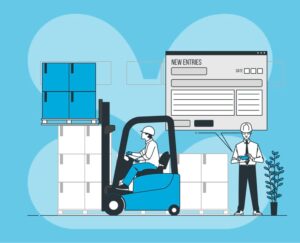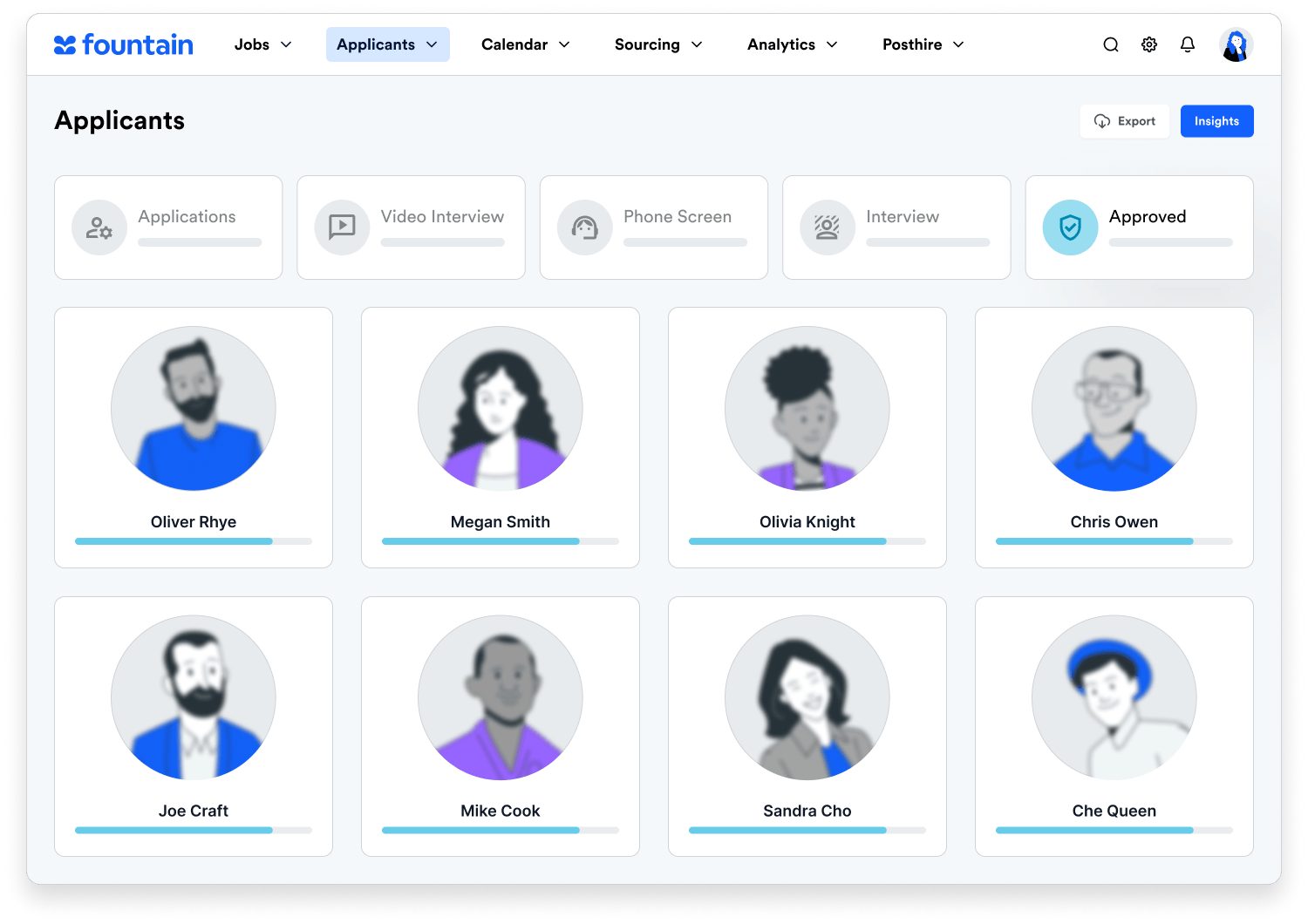Think about the number of packages you’ve had delivered to your home in the past four years. Who’s responsible for getting them to you on time? It all begins with workers in the logistics and warehousing industry.
This industry plays a crucial role in the world’s daily operations and serves as the backbone of global trade. According to Precedence Research, the logistics sector will continue to grow at a compounded annual growth rate of 10.7%% through 2030.
But despite this expected growth, there are a few challenges when it comes to finding and hiring the right people for this industry. Today’s recruiters need to be aware of what they’re facing in order to adequately compete for top talent.

In this post, we’ll discuss these challenges and offer solutions for how to efficiently hire qualified workers in the logistics and warehousing industry.
See how Fetch hires delivery drivers in just 8 minutes.
Hiring challenges in logistics and warehousing
High turnover rates
Like other frontline industries, the logistics and warehousing industry struggles with turnover. According to Marquee Staffing, the turnover rate among warehousing employees reached 37% in 2023.
Constantly hiring and training new employees not only increases operating costs but also negatively affects productivity as new workers need to be brought up to speed. Finding effective ways to reduce turnover rates is crucial for the success of logistics and warehousing companies.
Time-consuming hiring processes
The traditional hiring process in the logistics and warehousing industry can be time-consuming and inefficient. From posting job ads to reviewing resumes and conducting interviews, hiring workers can take a significant amount of time and resources.
Implementing streamlined hiring processes can help save time and improve the efficiency of hiring new employees.
Read how Globo decreased their time-to-onboard by 72%.
Increased competition
With the rise of e-commerce, there’s an increasing demand for logistics and warehouse workers to handle order fulfillment. The competition in the logistics and warehousing industry is intense and businesses need to find ways to differentiate themselves and attract top-notch talent.

Utilizing innovative technologies and strategies can provide these companies with a competitive edge.
How an ATS built for high volume hiring can help
An applicant tracking system (ATS) built specifically for high volume hiring can be a game-changer for the logistics and warehousing industry. Many businesses are turning to companies like Fountain to solve their hiring challenges in the following ways.
Streamlined hiring processes
Streamlining the hiring process is essential for logistics and warehousing businesses in order to save time and resources. A frontline ATS can automatically screen applications, schedule interviews, and provide real-time feedback to candidates, saving time and resources for both recruiters and candidates.
Mobile-first technology also allows applicants to do everything from their phone—from applying to onboarding—simplifying the hiring process and getting candidates to work faster.
Read more: Can you automate interview scheduling?
Increased applicant pools
With an ATS built for high volume hiring, logistics and warehousing businesses can attract a larger pool of applicants. These systems often include features like job board integrations, allowing businesses to reach a wider audience and attract more qualified candidates.
Seamless integrations
A frontline ATS also offers a variety of integrations to help streamline the hiring process within one platform.
These integrations can include popular job boards like Indeed, as well as background check providers like Checkr and Sterling. By integrating with these services, logistics and warehousing companies can efficiently manage the hiring process from start to finish.

How Fountain can help
In the evolving logistics and warehousing industry, finding ways to optimize hiring processes is crucial for success. Implementing an ATS built for high volume hiring, like Fountain Hire, can significantly improve efficiency, reduce costs, and attract top talent. By streamlining hiring processes, increasing applicant pools, and integrating with other systems, logistics and warehousing businesses can stay competitive and thrive in this dynamic industry.
Learn more about hiring in the logistics and warehousing sector by downloading our latest e-book: The Modern Hiring Guide for Logistics and Warehousing.

